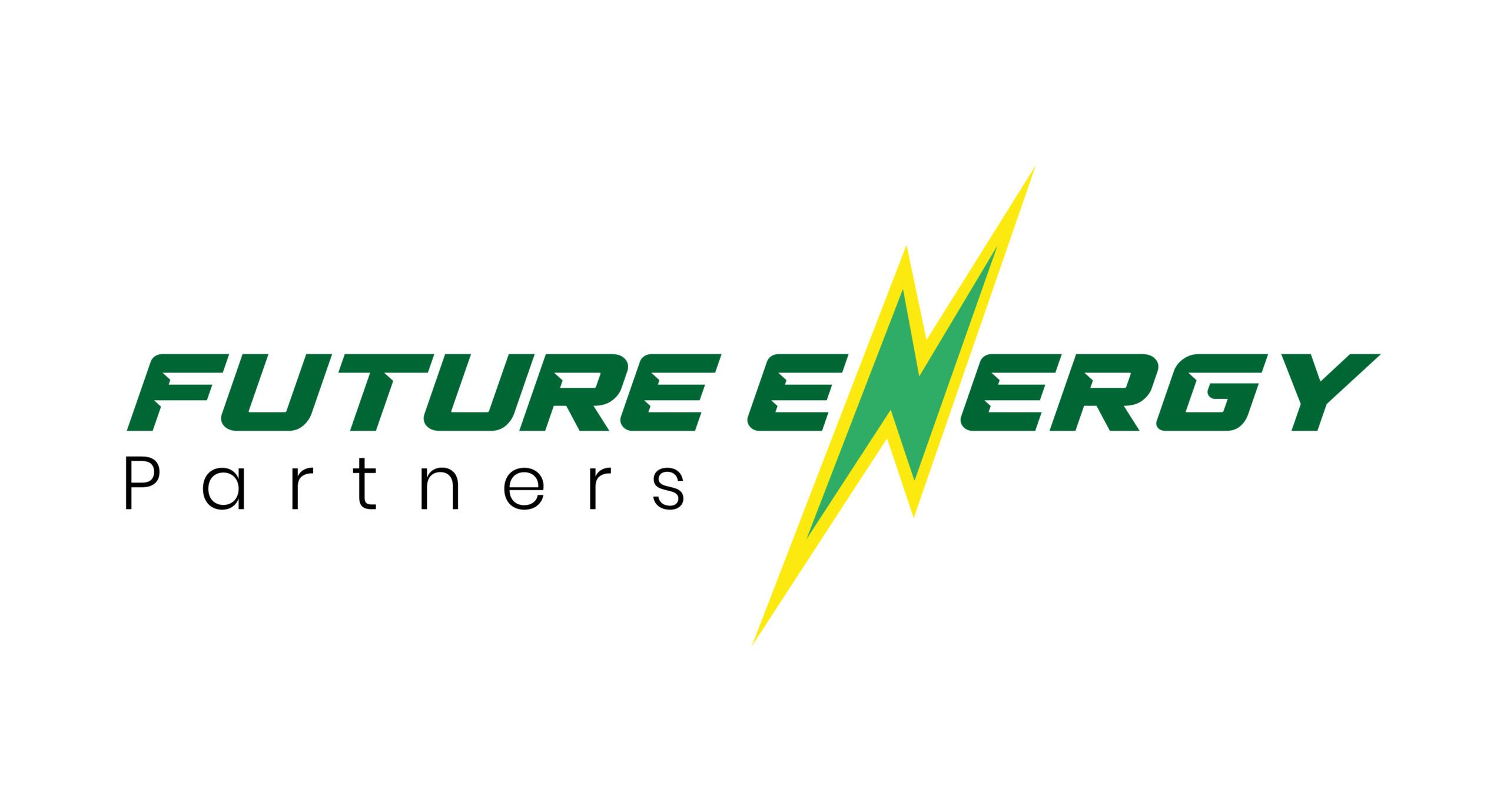GHG Emissions Reporting, Ambitions and Accountability Differentiates European Majors
- 10 May 2021
- Posted by: Future Energy
- Category: Energy

Reporting on ESG by all manner of companies is increasingly attracting coverage in the mainstream press. For example, The Times recently commented:
“There is a real danger that this kind of overinflated “greenwashing” undermines genuine efforts to drag markets into the fight against global warming, a danger that ESG becomes the financial world equivalent of the carmakers’ emissions testing scandal. It has all the same ingredients. A flawed measurement system, a weakness of independent verification, huge financial incentives. The only thing missing is regulatory recourse. Unlike VW, which paid $33 billion in fines and compensation for emissions rigging, there is no punishment for bad actors in green markets.”
If you are cynical, it’s easy to accuse the Oil & Gas Majors of “greenwashing” with respect to the Energy Transition in general and ESG reporting in particular. In 2020, we reviewed the 2019 Annual Reports and SustainabilityReports of BP and Shell. There was then very little detail on plans to deal with emissions and their commitment to Net Zero.
Once you get past the PR of the 6 European Majors and dig into the details one similarity and several real differences begin to emerge. The similarity is that heretofore almost nothing is actually measured – there is much extrapolation (and assumptions) from how equipment behaved in idealised laboratory tests.
There are many differences. For example, the components included in their respective Energy Transition ambitions vary greatly (which energy sources, what %, by when), the reporting of all greenhouse gases covered by the Kyoto Protocol – Greenhouse Gas Emissions (different units; only scopes 1 & 2, or 1, 2 &3), what are they going to do to reduce to zero emissions (there is a difference between Zero and Net Zero, between absolute emissions and emissions intensity), how, and by when – 2035, 2040, 2050, 2060?
We are grateful to Future Energy Partner for helping us though the ISO certification process. The implementation of ISO standards is what differentiates as a company from our competitors and demonstrates our commitment to Occupational Health and Safety Management.


Accessing the 6 European Majors 2020 Reporting, we have extracted data to answer 4 questions for each company:
- Item 1 – What have they reported on emissions for 2020?
- Item 2 – Insofar as emissions performance shows improvement over a few years, is this reflected in Executives’ Remuneration for 2020?
- Item 3 – What are their plans with respect to emissions in the short term? In particular, are they going to measure, as well as report?
- Item 4 – How will short term Executive Remuneration recognise material improvements in emissions performance?
We will conclude with a ‘traffic light’ summary that begins to identify both “committed improvers” and potential “greenwashers”, see Table 1 below.


In their Annual and/or Sustainability Reports for 2020, the 6 European Majors and mini-Majors – referred to as companies A to F in this summary – have reported on their emissions for the year. It is important to remember that the majority of the reported numbers are not physically measured but are calculated on the basis of idealised laboratory experiments with compressors, turbines, flanges, joints etc. Overall, these reports present interesting numbers only up to a point: broadly speaking companies A, C, E and F report to the same extent and quantification, B and D less so, see Table 2 below.


Some of the numbers reported are very large – for Flaring and Scope 3 Emissions for example.
As a next step, it’s reasonable to ask:
- As there have been improvements in reported emissions year-on-year (progress since 2016 is a common theme), to what extent is this recognised in 2020 Executive Remuneration?
- What improvements are promised in the short term, say over the period 2021 – 2023?
- To what extent will these improvements (or lack of them) impact Executive Remuneration over the same period?
Again, 2020 reporting yields answers to these questions. An honest summary would be that many of these answers are qualitative, short on detail, and deploy ‘trust us’ quite often. Thus much of what is reported next is a subjective assessment where the colour code presented on table 1 above, has been used.
From Table 1 and 2 above, we can suggest that, although all 6 companies seems to have allocated a great deal of resources and time into reporting their GHG diligently, none have a clear, comprehensive and quantitative systems on all five items. However, it is possible to group them into 3 groups, based on this year’s reporting:
- Companies A and C – technically clear, measured, emissions targets (item 1); commitment to measure progress against these targets (Item 3); some accountability in Executive Remuneration (Item 2).
- Companies E and F – ‘more of the same’ based on improvement in numbers that are stated, not measured; much left to ‘judgement’ of Remuneration Committees.
- Companies B and D – ‘more of the same’ based on improvement in numbers that are stated not measured; unclear/absent accountability visible in Executive Remuneration.
On this basis the “greenwashing overview” recognises a couple of “committed improvers” companies A and C – in blue, and uses shades of “green” for the others. This analysis begins to differentiate between these 6 European Majors – offering competitive advantage to some, competitive disadvantage to others, in the sense that investors can begin to make informed choices.
For further question or to set up a bespoke consultation, please contact us.
Leave a Reply Cancel reply
You must be logged in to post a comment.
